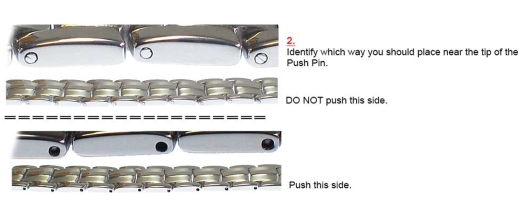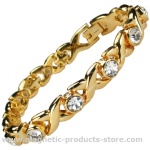It is often the case, in practice, that the medicinal properties of certain organic compounds are discovered by laboratory observation - or even clinical trials - long before the underlying causal relationship is discovered. Thus,
Alexander Fleming observed the effects of a type of mould called Penicillium notatum on bacteria in a laboratory dish, some time before
Howard Florey and
Ernst Boris Chain were able to use it in patients. The problem was making it in sufficient quantities. It also had to be purified, because in its impure form it was toxic to human beings.
Similarly, the commonly taken medication
Aspirin, originated as far back as 1853. But it wasn't until 1899 that is was used in the medical context. Moreover, only as recently as 1971, did John Robert Vane, a British Pharmacologist doing research at the
Royal College of Surgeons, identify the underlying mechanism of how it worked. This achievement was recognized by the Nobel Committee in 1982, when Vane and two others were jointly awarded the Nobel Prize for Physiology and Medicine. This was noted in a recent
blog.
So if it is a still quite while before we can answer the question, how do magnetic bracelets work or why does copper help with arthritis, no on should be at all surprised. And if we leave these unanswered questions to the specialists, then we the ordinary people are free to focus on more practical questions. For example, we might ask what do magnetic bracelets help with?
The answers have shifted over time, rather than stayed constant. So we should be careful not to assume that today's current state of knowledge is final or certain. And we need to be particularly careful about claiming any curative properties of magnetic bracelets. But if even if we are careful not to go so far as to claim that magnets or magnetism can actually cure diseases, there is still another question we can ask. Do magnets really help with pain?
And if the answer is in the affirmative, that means that magnetic bracelets ease aches. And what would certainly be of tremendous value to millions of people all over the world.
This leads on to the next – and perhaps most relevant – point. And if magnetic bracelets work ‘ease aches’ – in other words, if magnetic bracelets DO work, say researchers, in pain relief then the next question is do magnetic bracelets work for
arthritis? For is so, then there is such a thing as an arthritis bracelet. This does not mean a healing bracelet. After all, one may ask, what is a healing bracelet?
But should we, for that matter, limit the question solely to the bracelet. Don’t forget that a bracelet is worn on one’s wrist. But arthritis is a more indiscriminate disease. It can attack not only the hands but any of the limbs and also, of course, the
neck and - most important – the back. This is discussed in more detail on the
MPS Facebook page.
In practice practitioners of alternative therapy, as well as the more open-minded members of the “official” medical community, have attempted to use magnets to relieve pain in all of the areas of the body that can be affected by arthritis.
So the real question we need to ask, then is not about particular items of jewellery. Instead we should simply be asking, do MAGNETS work for arthritis?















